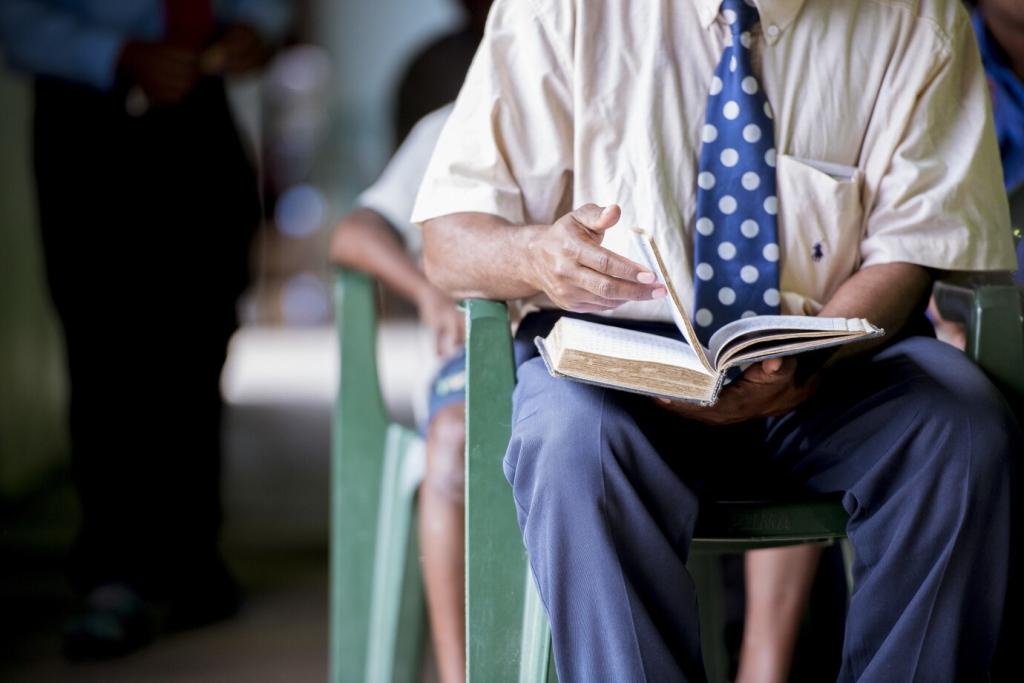
Traditional Customs and Practices: Living Bridges Between Past and Present
Today’s chosen theme: Traditional Customs and Practices. Step into a world where rituals, recipes, songs, and craft bind generations together. Explore, reminisce, and share your family’s traditions—then subscribe to keep these living stories thriving.
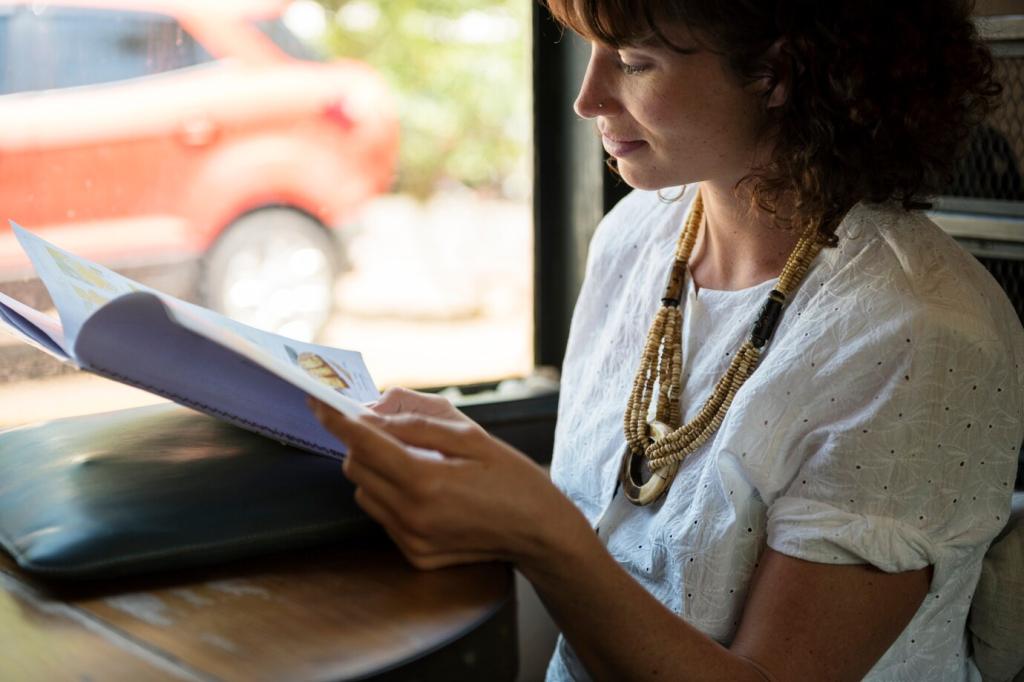
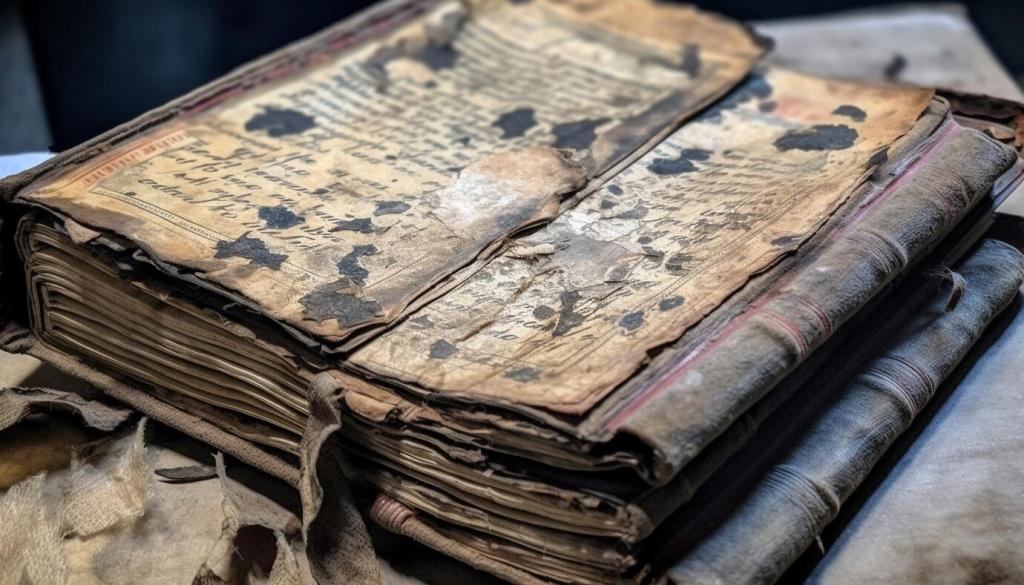
Where Traditions Begin: Roots, Meanings, Continuity
A grandmother hums a lullaby while weaving straw into a protective charm, passing down both melody and meaning. In her hands, memory becomes practice, and practice becomes identity. Share a phrase or song you learned by ear.
Where Traditions Begin: Roots, Meanings, Continuity
Solstice fires, harvest moons, and first-snow blessings turn the year into a circle of intentions. Seasonal rites mark time with care, reminding us what to plant, gather, honor, and release. Which seasonal custom anchors your year?
Rites of Passage and Community Life
Rice thrown for prosperity, henna nights filled with laughter, bread broken and shared in a circle—wedding customs knit families into wider kinship. What ritual blessed your union or one you witnessed and loved? Tell us below.
Rites of Passage and Community Life
From first-haircut ceremonies to milestone birthdays, communities name responsibility and welcome new voices. These practices say, “You belong, and we believe in you.” How did your family mark growing up? Share your turning-point tradition.
Rites of Passage and Community Life
Candlelight vigils, keening songs, communal meals after burial—mourning customs let sorrow breathe while weaving support around the bereaved. Which farewell ritual helped your family grieve with grace? Your story may comfort another reader.
Heritage Foods and Shared Tables
Braided breads for blessings, dumplings folded like little moons, spiced stews simmered through long nights—festival foods narrate community hopes. Do you have a once-a-year dish that signals celebration? Describe its aroma, texture, and meaning.
Heritage Foods and Shared Tables
Mortar and pestle rhythms, dough kneaded by feel, herbs pinched without measuring—technique is knowledge you can taste. Who taught you the “right” way, and what secret tip survived only by demonstration? Pass it on in the comments.

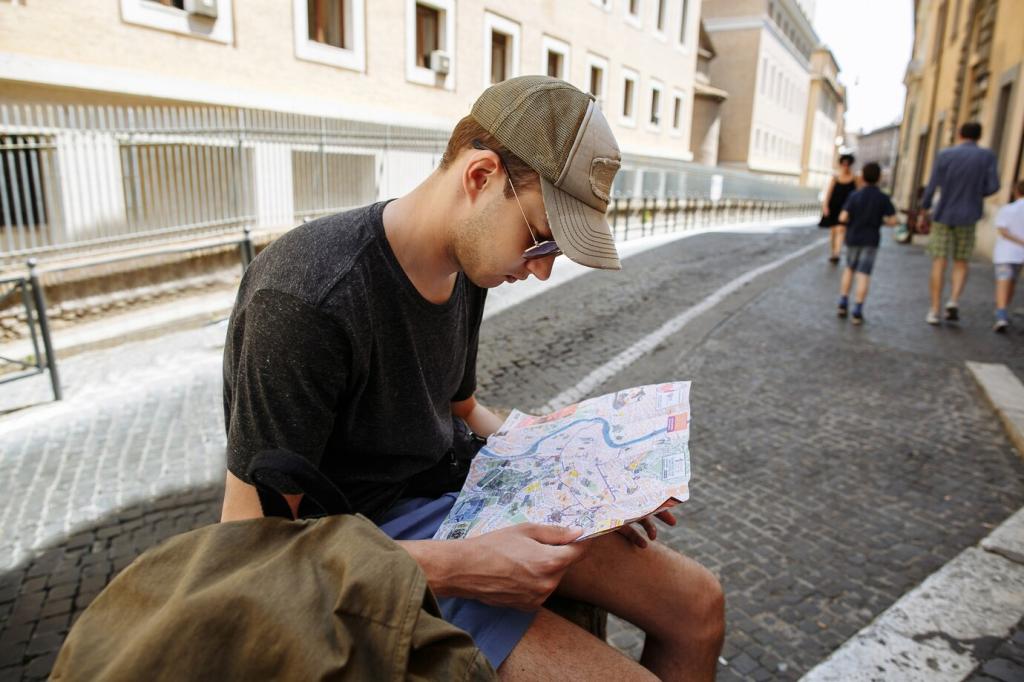
Dress, Craft, and the Language of Making
Stitches as Maps of Place and Memory
Embroidery motifs trace rivers, mountains, and myths; a single border can recall an entire valley. When you wear or make such work, you carry a landscape on your sleeve. Which motif feels like home to you?
Ceremonial Attire and the Weight of Meaning
A veil pinned with ancestral coins, a kilt whose tartan names lineage, a robe folded just so—ceremonial dress teaches posture, respect, and identity. Tell us how you learned to wear it, and who adjusted the final detail.
Guilds, Apprentices, and Marketplace Wisdom
Craft knowledge flows mentor to apprentice, stall to stall, generation to generation. The market becomes a classroom where bargaining is dialogue and tools are heirlooms. Have you apprenticed informally at a relative’s elbow? Share the lesson.
Song, Dance, and Story: The Moving Archive
Drums That Announce the Village
Festival drums call people to the square before words do. The beat signals welcome, safety, and celebration. Do you remember the first time you felt a drumline in your bones and knew a gathering had truly begun?
Storytelling by Firelight, Porch, or Kitchen Table
Trickster tales, family epics, and sly proverbs carry warnings and laughter together. Stories arrive with steaming cups and late-night hush. What story must be told at every gathering in your family? Add the opening line below.
Circle Dances and the Geometry of Community
Linked hands turn strangers into kin; the circle teaches humility and timing. Elders step lightly so newcomers can learn. Which step, clap, or chant anchors your community’s dance? Teach us the pattern with your words.
Digital Preservation Without Losing the Soul
Scan patterns, record recipes, and film rituals—then store the context alongside the files. Names, permissions, and meanings matter as much as images. How do you archive stories so they remain alive, not just searchable?
Teaching the Next Hands, Hearts, and Voices
Invite children to grind spices, light candles, tie sashes, or lead a song’s first line. Participation builds memory faster than lectures. What small task could a younger relative take over this year to carry your tradition forward?
Adaptation With Integrity, Not Imitation
Diaspora homes blend old forms with new realities—ingredients shift, materials change, meanings deepen. Integrity rests in consent, credit, and care. Share an adaptation that honors roots while fitting the life you live now.
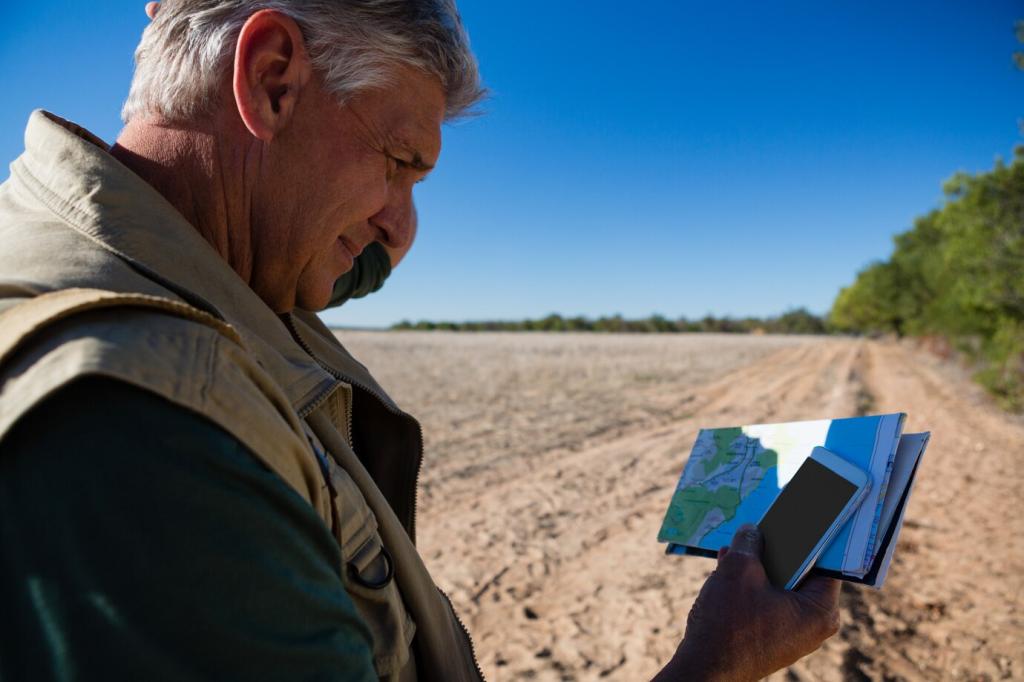
Participate With Care: Respect and Reciprocity
01
Appreciation credits sources, seeks permission, and understands meanings; appropriation extracts without context or consent. Before adopting a custom, ask whose labor and history you’re holding. How do you show gratitude where you learn?
02
Many traditions have protocols—who may participate, what to wear, when to speak. Asking respectfully opens doors. Share a moment when careful listening helped you enter a practice with humility and mutual respect.
03
Buy directly, pay fairly, credit teachers, and volunteer time at cultural events. Support turns admiration into action. Name a practitioner, elder, or group you’ll uplift this season so others can discover and learn responsibly.
